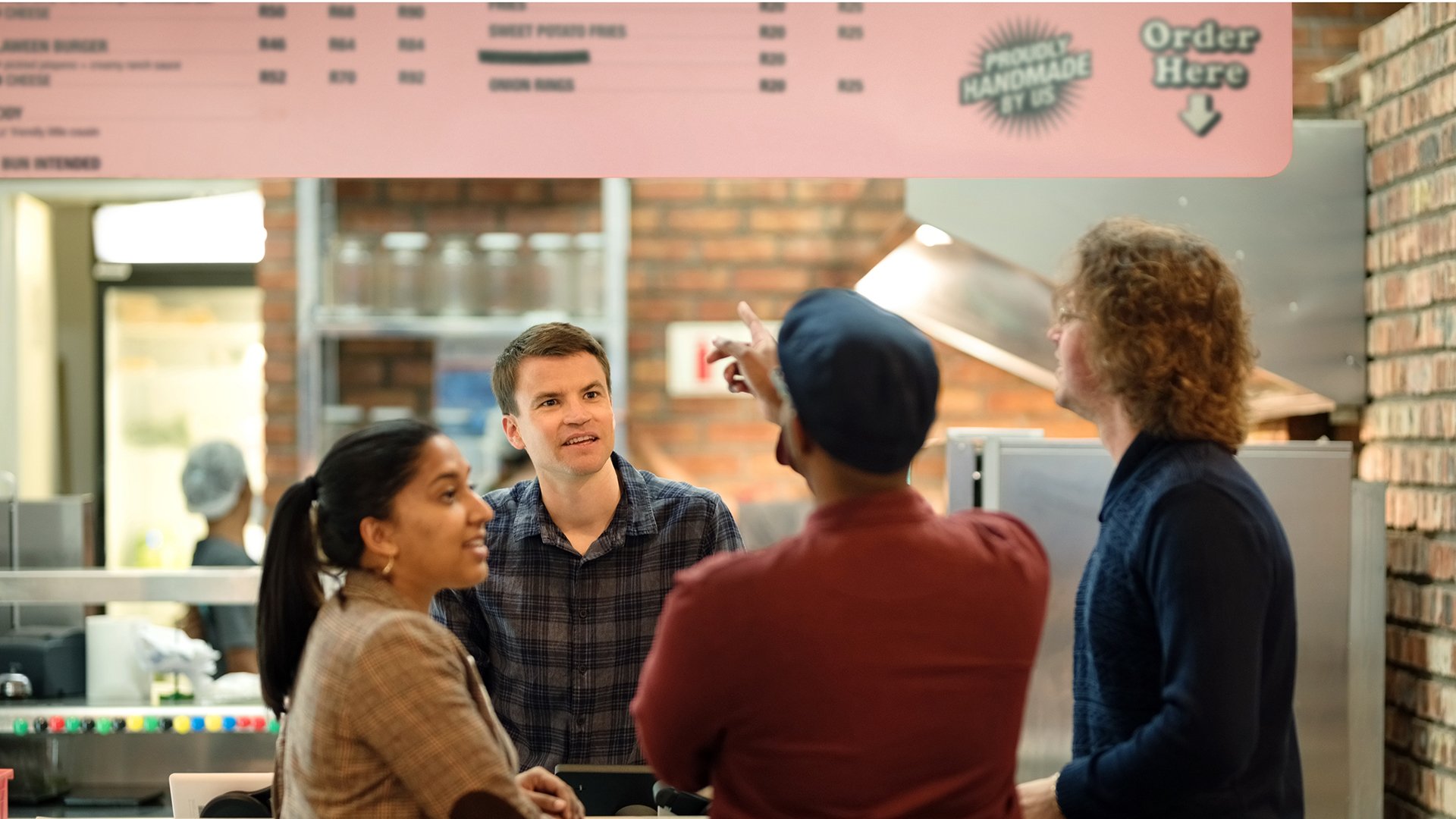Surviving rush hours
Every restaurant owner knows that rush hours are crucial for the business. And the truth is, when you’re dealing with a full restaurant, hectic kitchen environment and fresh produce, there’s a lot of room for error.
QSR Drive-Thru Performance Study 2019 from U.S. shows that over 15% of ordered meals were not served as ordered*. In private data gatherings including drive-thru and in-house service, the accuracy rate has been even lower.
Modern ordering and kitchen processes are not a way to get rid of personal service, but a way to improve efficiency, order accuracy and sustainability. If you can prepare meals fast after the point of order, food is not turning cold or losing its freshness and customers get what they want. This equals to less waste and happy customers – even during the busiest lunch hour.
Linerless labels as a natural part of the solution
Experiences in quick service restaurant chains have shown that direct thermal linerless labels can improve order accuracy significantly. Together with software solutions, labels can be a key factor of the process after the customer places their order. Here’s one example:
In a normal kitchen setting, touch screens identify coming orders. Chef touches the screen, picks the order and direct thermal linerless label gets printed in receipt size. Label identifies all order details about the meal, customer’s special requests, drinks, table number, order tracking number etc. No matter how many people are part of the cooking process in kitchen, they all can see meal instructions and information from the label. The label can also be peeled and relabeled to take-away orders if needed. When the food is ready and customers get their order, they can remove the label easily. In the end, the label has followed the order from the very beginning to the customer, securing the information flow and improving the process efficiency.
UPM Raflatac offers linerless labels in all restaurant needs and supports all commonly used linerless printers and softwares.

Why choose linerless application and UPM Raflatac Direct Thermal Linerless labels for QSR environment:
- Good adhesion: Works with rough, moist and hot surfaces.
- Relabeling possibilities: Labels can be peeled and relabeled again to other surfaces.
- Good for printers: Works with all commonly used POS linerless printers. Great clean cut properties and minimal adhesion accumulation for long printer service cycle.
- Clarity: Sharp and crispy print quality for good readability.
- Customizability: Each linerless label is cut to the needed length, so there is always enough space for all customer specific information and no material wasted due to pre-cut.
- Cleaner kitchen: Linerless solutions do not create any liner waste.
- Compactness: Printers can be positioned almost everywhere in the kitchen environment. Often best spots are located on the wall minimizing extra steps in kitchen.
- Convenience: Integrated automatic label cutter makes picking the label easy in the hectic kitchen environment. And as there is no liner, changing the roll is simple and quick.
- Food safety: The food safety status of UPM Raflatac Linerless materials is comparable to typical direct thermal labels. Detailed EU compliance info available in the DoC-document of the product. Our products are commonly used in food packaging applications and adhesives are in compositional compliance with U.S. Food and Drug Administration regulation 21 CFR 175.105 – Adhesives.
Direct Thermal Linerless labels
Contact us for Direct Thermal Linerless
*Source: https://www.qsrmagazine.com/drive-thru/drive-thru-accuracy-declines-after-two-year-improvement